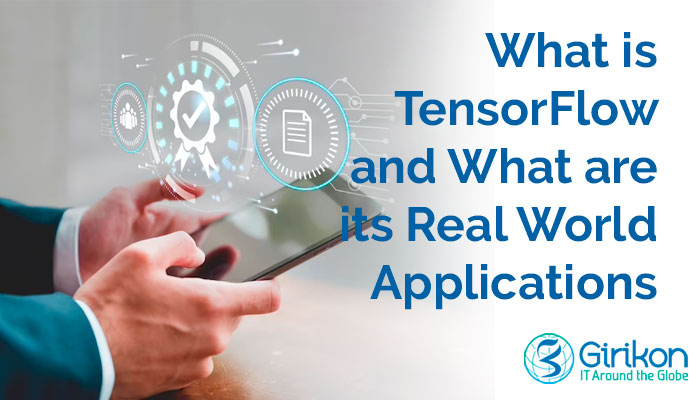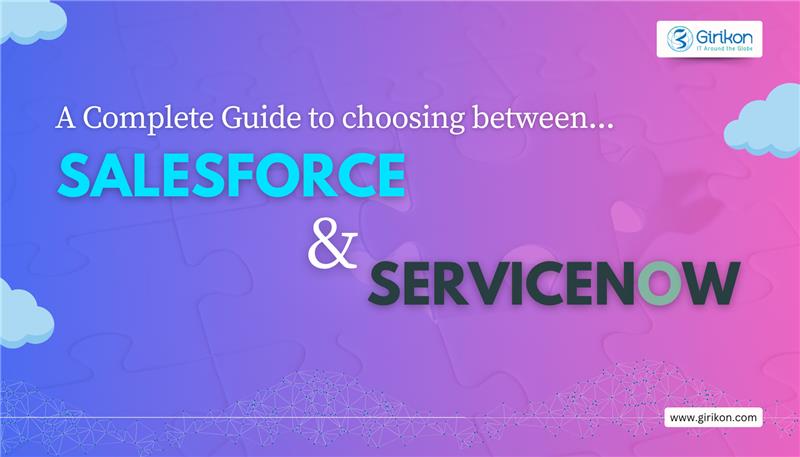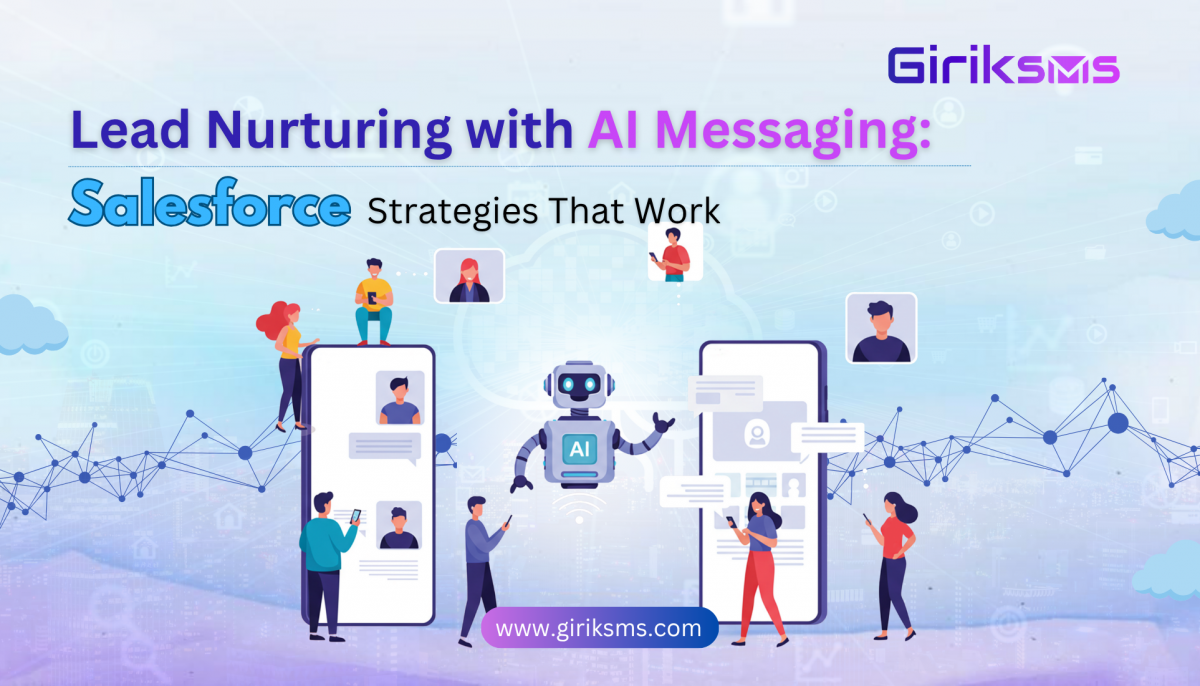Our Blogs
TensorFlow is an open-source library created by the Google Brain team to build enterprise-grade machine learning algoriths. TensorFlow bundles together a host of machine learning models and algorithms and with the use of common programming frameworks, makes them useful. TensorFlow uses Python and JavaScript to build user friendly APIs for connecting with apps, and uses core C++ to execute the app functionalities.
While it is still early days for machine learning technology, it continues to evolve rapidly, introducing us to a new world of advanced algorithms and deep learning. Deep learning uses algorithms commonly referred to as Neural Networks. As the name suggests, they draw inspiration from our biological nervous systems, led by the brain, to process information. Deep learning algorithms enable computing devices to identify every single bit of data, establish what it means and learn patterns.
TensorFlow is a tool to develop deep learning models. It is an open-source AI library that uses data flow graphs to build learning models. With TensorFlow, programmers can build large-scale, multi-layered neural networks. TensorFlow is primarily used to perceive, understand, classify data and create predictive models.

Main Use Cases of TensorFlow
While TensorFlow can be used for many applications, here are 5 commonly used applications in the world of artificial intelligence.
Voice/Sound Recognition
One of the most popular use cases of TensorFlow is audio signal based applications. When fed appropriate data, neural networks can perceive and understand audio signals. These can be:
- Voice recognition — primarily used in Internet of Things (IoT) applications, Automotive applications (Voice command based actions), Security (Authentication)
- Voice search — Commonly used in Telecom and by mobile phone manufacturers
- Sentiment Analysis — used in CRM applications
- Flaw Detection (noise analysis) —Automotive and Aviation applications
The world is familiar with the common use case of voice-search and voice-activated assistants. This use case has been widely popularised by smartphone manufacturers and Mobile OS developers such as Apple’s Siri, Google Assistant and Microsoft Cortana.
Understanding and analyzing language is another widely used use case for Voice Recognition. Speech-to-text applications are used to extract and understand sound bites in larger audio files, and convert it into text.
CRM is another area were voice/sound based applications can be implemented to deliver a better and smarter customer service experience. Imagine a scenario where TensorFlow algorithms fill in for customer service reps, and guide customers to the right set of information much faster than an agent.
Text Based Applications
This is another commonly used application of TensorFlow. Text based applications for instance sentiment analysis can be used in CRM apps and Social Media for improving the customer or prospect experience, Threat Detection, used in Social Media and Government applications and Fraud Detection, used by Insurance, Finance companies are some common examples.
Language Detection is another popular use case of TensorFlow for text based applications.
We are quite familiar with Google Translate. More than 130 languages can be translated into each other using this service. An AI powered version of a translate engine can be used in common real world situations like translating heath diagnosis technical terminology or legal jargon in contracts into plain language.
Text Summarization
Google also came up with sequence-to-sequence learning, a technique for shorter text summarization. This can then be used to build headlines for news and articles. Another use case for TensorFlow popularised by Google is SmartReply. It automatically generates e-mail responses based on text recognition and contextual understanding.
Image Recognition
This use case is primarily used by Social Media and Smartphone Manufacturers. Facial Recognition, Image Search, Motion Detection, Computer Vision and Image Clustering are nowadays being deployed in Warehousing, Healthcare, Automotive, and Aviation Industries. Google Lens is another example where Image Recognition is being used to understand the content and context to help identify people and objects within images.
TensorFlow object recognition algorithms have the ability to identify and classify random objects within larger images. This has found use in engineering modelling applications such as creating 3D spaces from 2D images. Facebook’s Deep face is another example of photo tagging using image recognition technology. Deep learning technology can identify an object in an image never seen before by analyzing thousands of images with similar objects.
Healthcare Industry is also at the cusp of using Image Recognition for faster diagnosis. TensorFlow algorithms can process information and recognize patterns much faster than the human eye to spot illnesses and detect health problems faster than ever.
Time Series
TensorFlow Time Series algorithms is another method used today to establish patterns and forecasting of time series data. Meaningful statistics can be derived by these algos along with recommended actions. TensorFlow Time Series algorithms allow forecasting of generic time periods apart from generating alternative versions of the predicted time series.
A popular use case for Time Series algorithms is Recommendations. Time Series Recommendations has seen widespread usage amongst leading organizations such as Netflix, Google, Amazon, where they analyze and compare activity of millions of users to determine what a customer might wish to view or purchase. And with every interaction, while recording the activity of every action, these recommendations get even smarter. For instance, they throw up content what your family members or friends like or offer you a gift they might like.
Finance, Insurance, Government, Security and Threat detection, Predictive Analysis, Resource Planning and forecasting are some of the other use case scenarios of TensorFlow Time Series algorithms.
Video Detection
TensorFlow deep learning algorithms can also be used on video data. This is used in Motion Detection in Automotive and Aviation, Role based Gaming, Security and Threat Detection. Today, universities are doing deep research on Video Classification at a large scale to perceive, analyze, understand, classify video data. NASA is using TensorFlow algorithms to build a system for orbit classification and object clustering of asteroids. Consequently, they will be able to classify and predict near earth objects.
TensorFlow is an open-source framework, allowing developers the freedom to work on innovative and disruptive use cases, which will contribute further to Machine Learning technology.
Amongst many things, TensorFlow’s popularity is primarily due to the computational graph concept, automatic differentiation, and the adaptability of its python API structure. This makes TensorFlow more accessible to developers to solve real problems. Here are some advantages of TensorFlow.
1. Scalable
The TensorFlow library is well defined and structured. This means it works just as efficiently on a mobile device as on a powerful computer.
2. Open Source
The TensorFlow library is available free of cost. Anyone, anywhere can work on it and use it to solve problems.
3. Graphs
Tensorflow has a very powerful, inbuilt data visualization capability. This makes it easier for developers to work on neural networks.
4. Debugging
Tensorboard, which is a part of TensorFlow, allows easy debugging of code blocks. This reduces the need for combing through the whole code.
5. Parallelism
TensorFlow uses Central Processing Unit (CPU) and Graphics Processing Unit (GPU) for its functioning. Developers can use the architecture freely based on the problem they are trying to solve. A system uses GPU by default, which is why TensorFlow is sometimes referred to as a hardware acceleration library because it reduces memory usage.
6. Compatible
TensorFlow is compatible with popular programming languages like Python, C++, JavaScript, etc. This allows developers the freedom to work in an environment they are most comfortable with.
7. Architectural Support
The TensorFlow architecture uses Tensor Processing Unit (TPU). This makes computation faster than what one would get when using CPU and GPU. TPU models can be easily deployed on the cloud and work faster than CPU and GPU.
8. Library management
With the Google backing, TensorFlow is updated regularly with enhanced capability and flexibility with every release.
AI is already an intrinsic part of Salesforce, the world’s leading CRM platform. As a Gold Salesforce Partner, Girikon is the preferred choice for many Salesforce customers across the globe. To know more about how AI can work for your business, contact us today.

 +1-480-382-1320
+1-480-382-1320 +44-7428758945
+44-7428758945 +61-1300-332-888
+61-1300-332-888 +91 9811400594
+91 9811400594


















